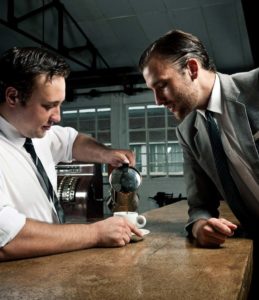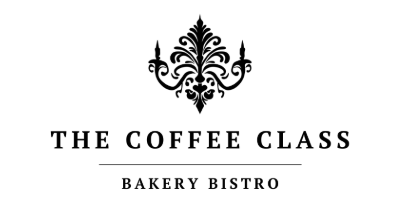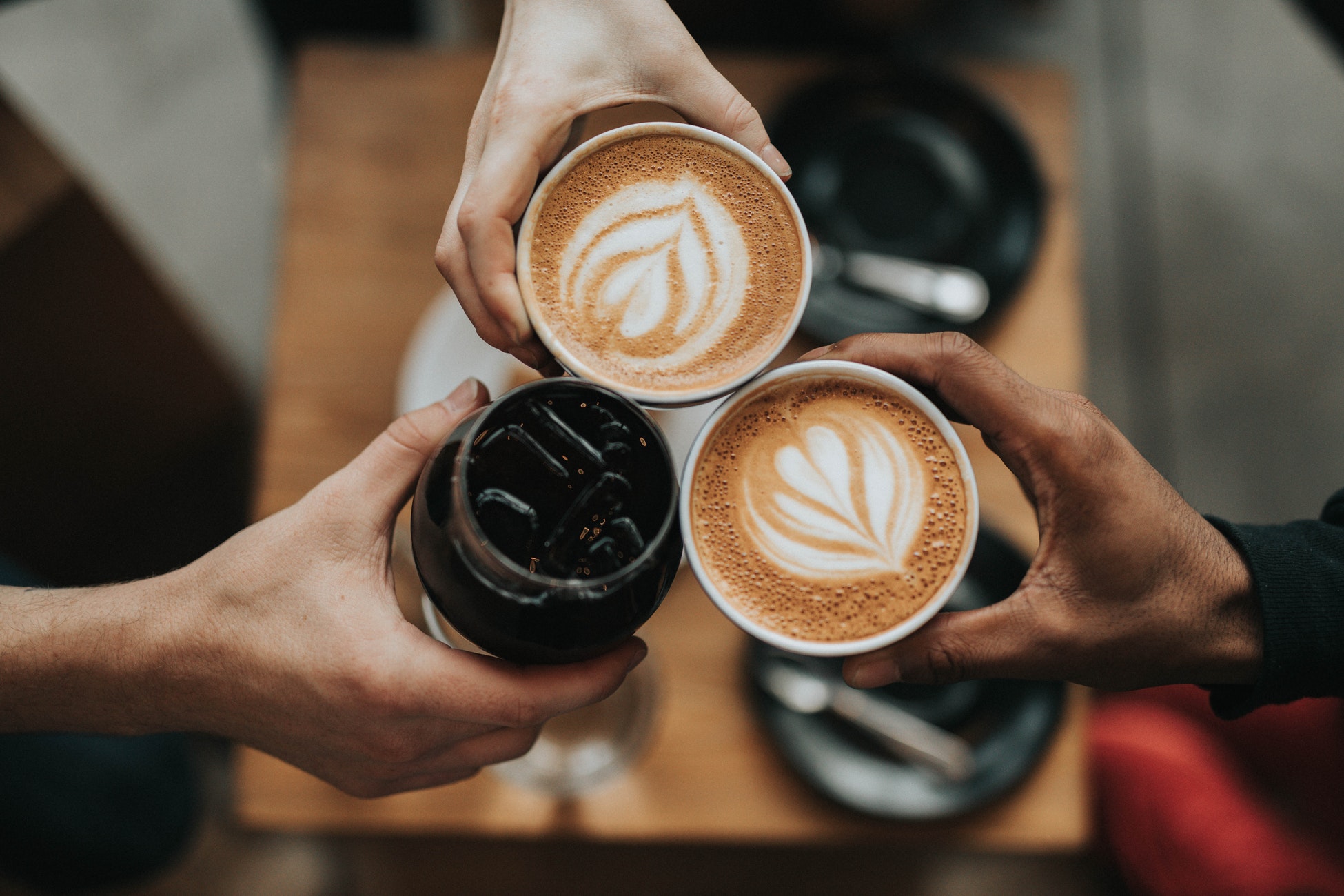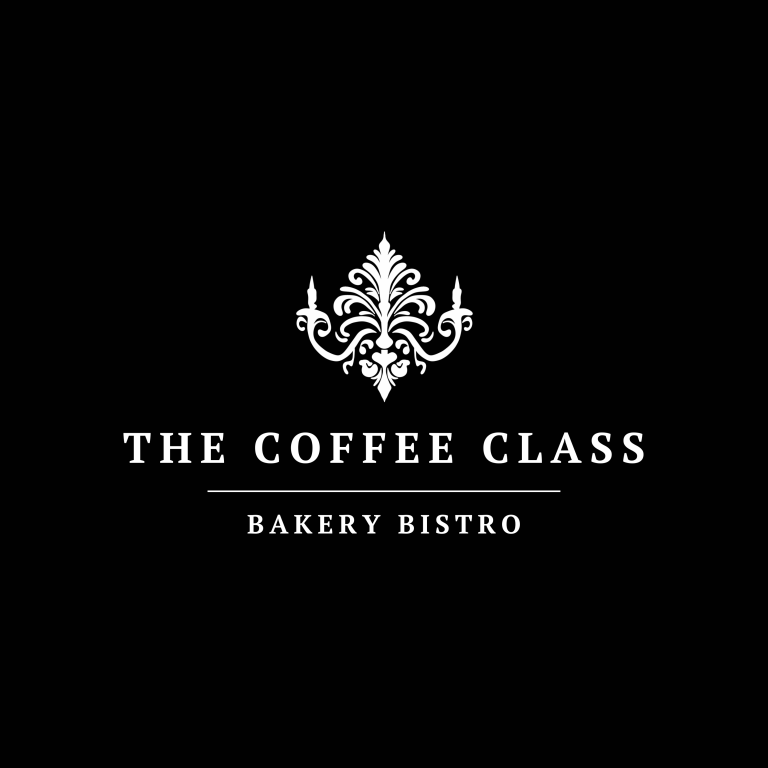 Up first, we have what is known as an espresso tonic. As you may have guessed, it has a lot in common with a gin and tonic, and the only real difference is the presence of espresso, which substitutes the gin. With only a few simple ingredients – ice, about 6 ounces of tonic water, and two shots of espresso – this beverage can be made almost anywhere, and quite quickly. However, the availability of this drink really comes down to if the place you’re at has tonic water, but if you’re feeling adventurous, any type of sparkling water works well enough. To make one yourself, simply pour the tonic water into a glass of ice, pour the two espresso shots on top, and give it a nice stir.
Up first, we have what is known as an espresso tonic. As you may have guessed, it has a lot in common with a gin and tonic, and the only real difference is the presence of espresso, which substitutes the gin. With only a few simple ingredients – ice, about 6 ounces of tonic water, and two shots of espresso – this beverage can be made almost anywhere, and quite quickly. However, the availability of this drink really comes down to if the place you’re at has tonic water, but if you’re feeling adventurous, any type of sparkling water works well enough. To make one yourself, simply pour the tonic water into a glass of ice, pour the two espresso shots on top, and give it a nice stir.
Another option is a Guillermo; a drink that may sound off-putting but has a loyal fanbase. The ingredients of this beverage vary slightly, but it mostly comes down to if you want it hot or iced. An iced Guillermo consists of one to two lime wedges in a small glass of ice topped with two shots of espresso, while a hot one just leaves out the ice; the iced variant is far more popular. While this may sound strange, the extra, citrusy acidity does a lot to bring out the acidity of the espresso. Chances are, you’ll be able to get this drink at nearly any restaurant with a bar, as espresso and lime are common cocktail ingredients.
This next drink has as many names as there are grains of sand at a beach; the undertow, John Wayne, espresso shooter, breve blaster, and so on. You’ll find in your travels that some locations call it one thing, and others call it something completely different; if you’re chosen name isn’t recognized, it isn’t difficult to describe the drink. The beverage itself is one of the more complex ones on this list, as it does involve layering. It is made by pouring two ounces of cold half and half into a small glass and is usually accompanied by vanilla flavored syrup. Next, two shots of espresso are pulled over a bar spoon with the hope of them forming a layer on top of the half and half. Once finished, the drink is meant to be taken like a shot, but because the amount of liquid exceeds that of a standard shot, taking a few consecutive swigs is common. This drink is unique primarily because of the layers, which coat the tongue in the sweet half and half, and the roof of the mouth with the warm espresso; there is really nothing like it.




